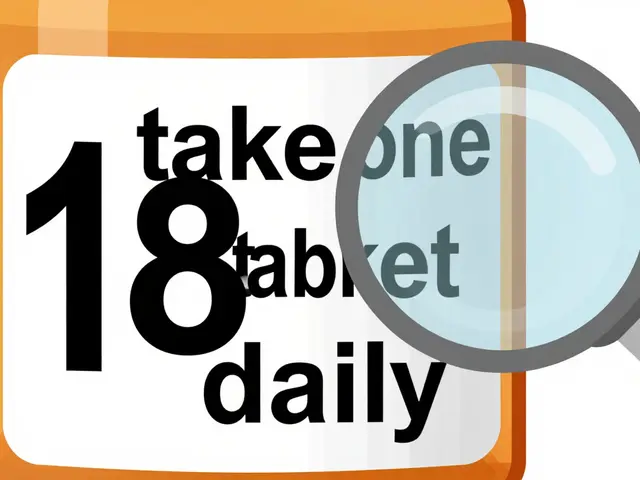Apixaban: What It Is, How It Works, and How to Use It Safely
Apixaban is a prescription pill that stops blood clots from forming. Doctors often choose it for people with atrial fibrillation, deep‑vein thrombosis (DVT), or after certain surgeries. Unlike older blood thinners, it doesn’t need routine blood tests, which makes life a bit easier.
How Apixaban Stops Clots
Inside your body, a protein called factor Xa helps blood turn into a clot. Apixaban blocks this protein, so the clotting cascade slows down. The result is smoother blood flow without the sudden plug‑ups that can cause strokes or lung blockages. Because it works directly on factor Xa, it starts to act within a few hours after you take a dose.
Getting the Dose Right
Typical dosing is 5 mg taken twice a day. Some patients need a lower dose—usually 2.5 mg twice daily—if they have kidney problems, are over 80, or weigh less than 60 kg. Always follow your doctor’s exact instructions; skipping doses can raise clot risk, while taking extra can increase bleeding chances.
When you start apixaban, you won’t need regular INR monitoring like with warfarin. However, your doctor may check kidney function occasionally, because the drug leaves the body through the kidneys. If you’re on dialysis, apixaban might not be the best choice.
Common side effects are mild: easy bruising, a little nosebleed, or a small rash. Serious bleeding—like in the stomach, brain, or eyes—needs immediate medical help. If you notice any unusual bleeding, call your doctor right away.
Apixaban can interact with a few other medicines. Antifungals, some antibiotics, and certain heart drugs can raise its level in the blood. Always tell your pharmacist about every prescription, over‑the‑counter pill, and supplement you take.
Pregnancy and breastfeeding are another gray area. Current guidance says to avoid apixaban unless the benefit clearly outweighs the risk. Talk to a specialist if you’re planning a family.
For surgery or dental work, let your surgeon know you’re on apixaban. They may ask you to stop the drug a day or two before the procedure, depending on the bleeding risk. Never pause the medication on your own.
In case you miss a dose, take it as soon as you remember—unless it’s almost time for the next one. In that case, skip the missed dose and keep your regular schedule. Don’t double‑dose to catch up.
Overall, apixaban offers a convenient way to manage clot risk with fewer lab visits. By sticking to the prescribed dose, watching for bleeding, and checking drug interactions, you can enjoy its benefits safely.
Explore safer, easier alternatives to Coumadin. Learn which DOACs (like rivaroxaban and apixaban) and lifestyle steps can help you manage blood clots. Find out the facts before making a switch.



 Medications
Medications




